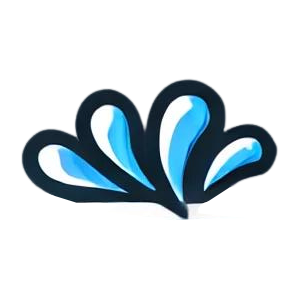In the evolving world of data science, data is the new oil. But unlike oil, data doesn’t always come in neatly packaged barrels. It’s scattered across thousands of websites, blogs, APIs, and forums. Extracting this raw data and refining it into meaningful insights requires tools, techniques, and programming knowledge. This is where web scraping steps in. While Python and JavaScript often dominate the conversation around scraping, R—the statistical programming language—offers powerful capabilities too. For data scientists who already love R for visualization, statistics, and modeling, adding web scraping skills makes the workflow seamless.

